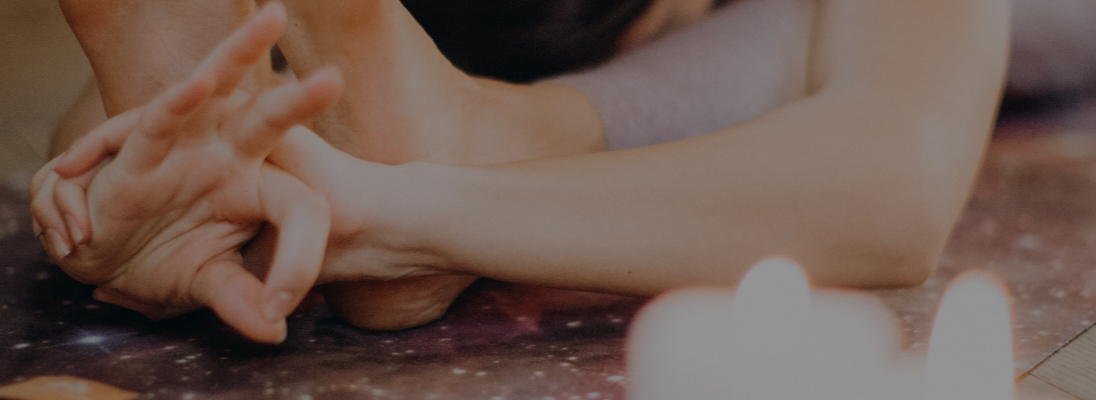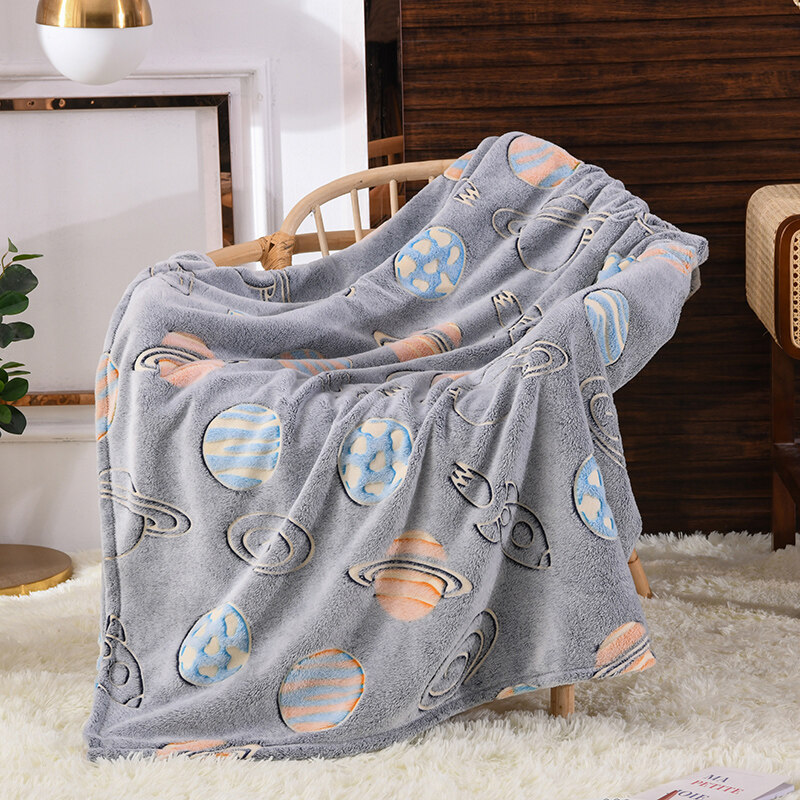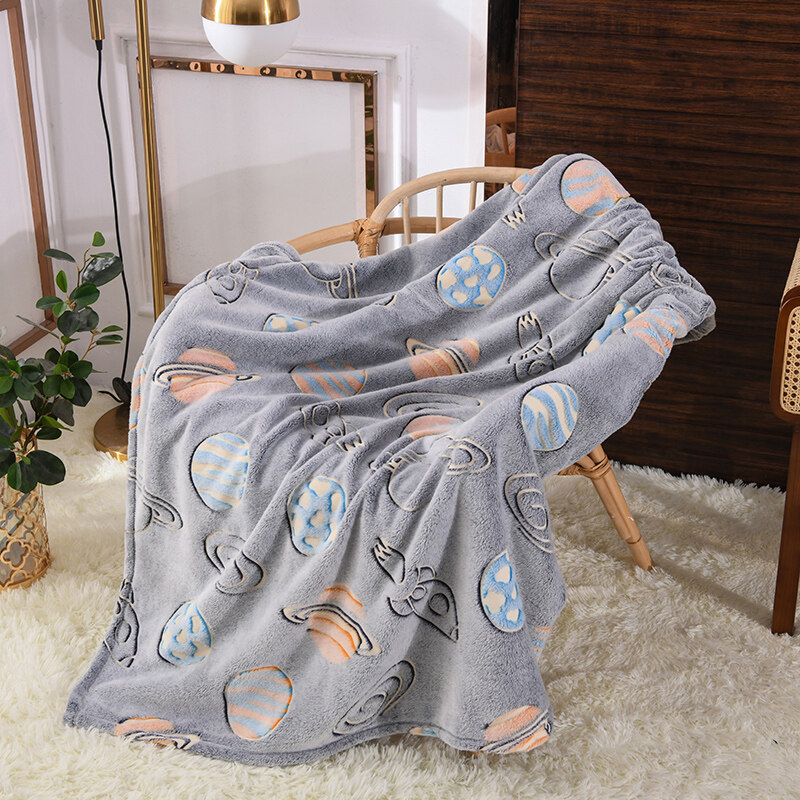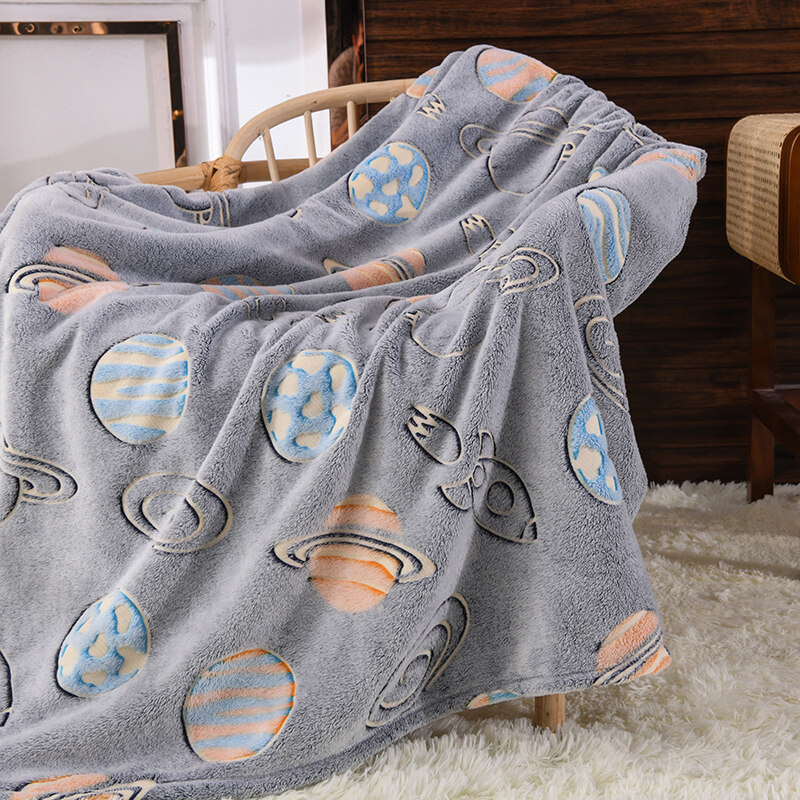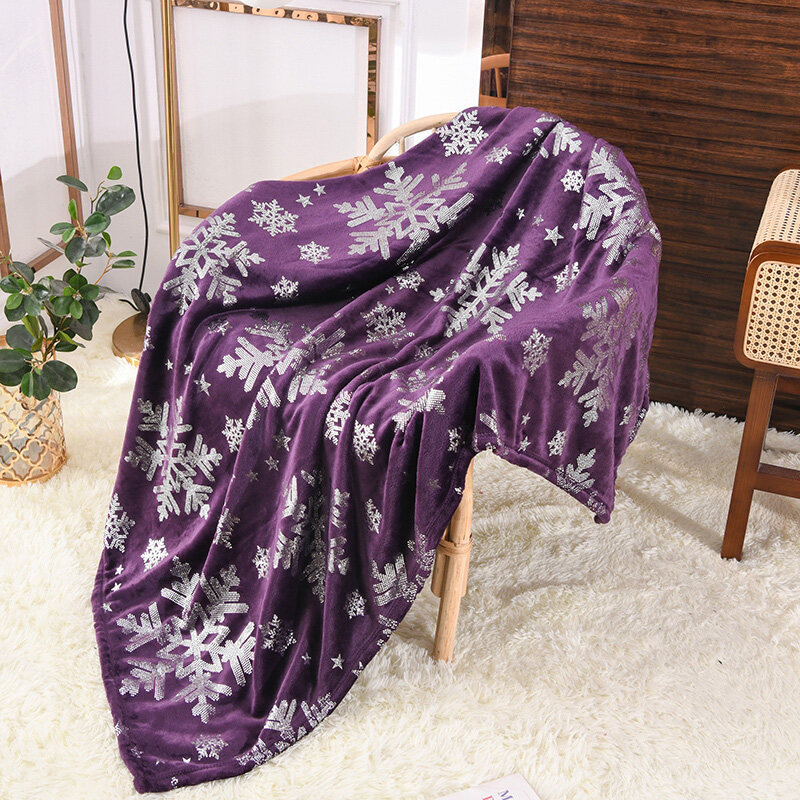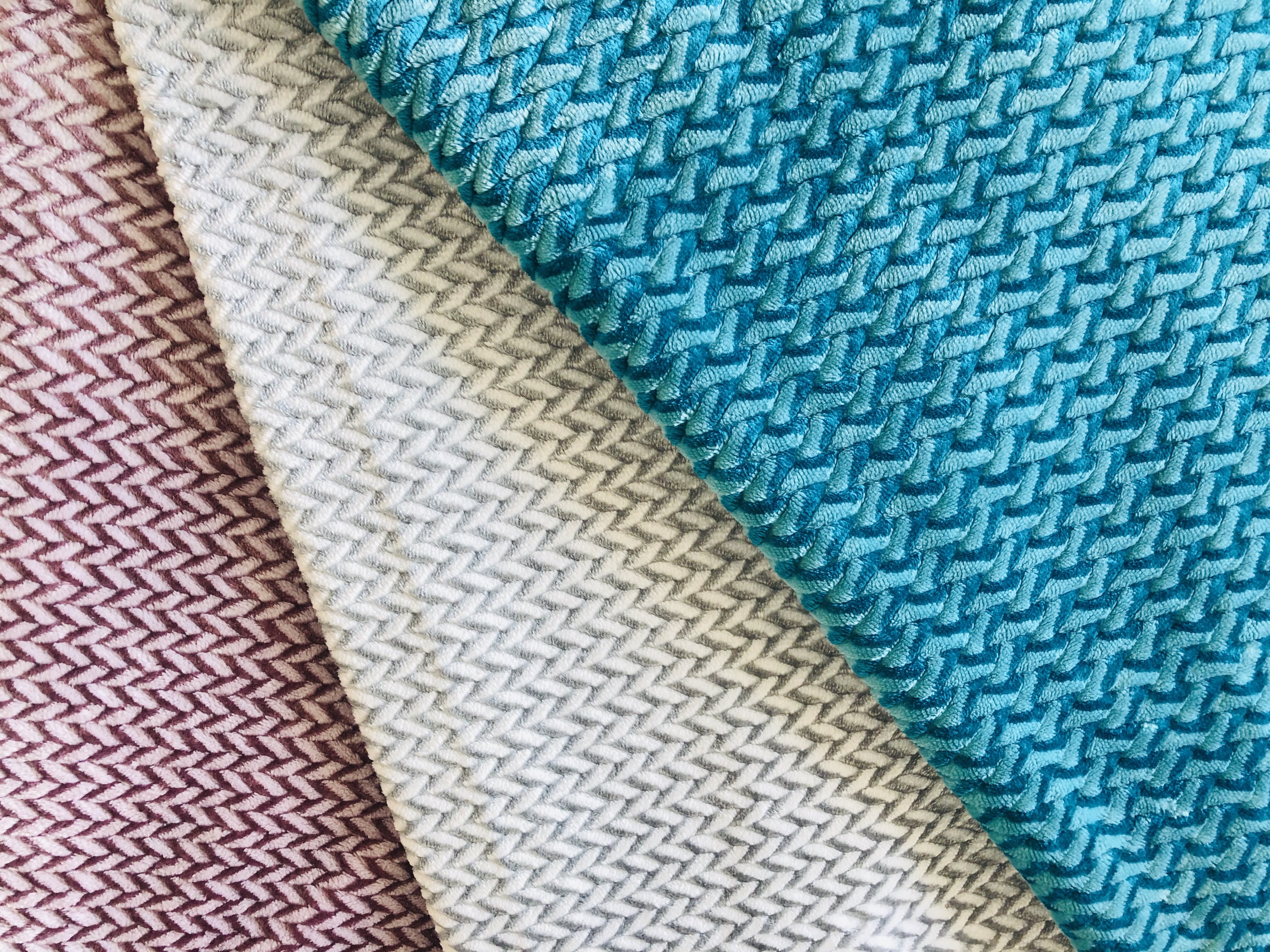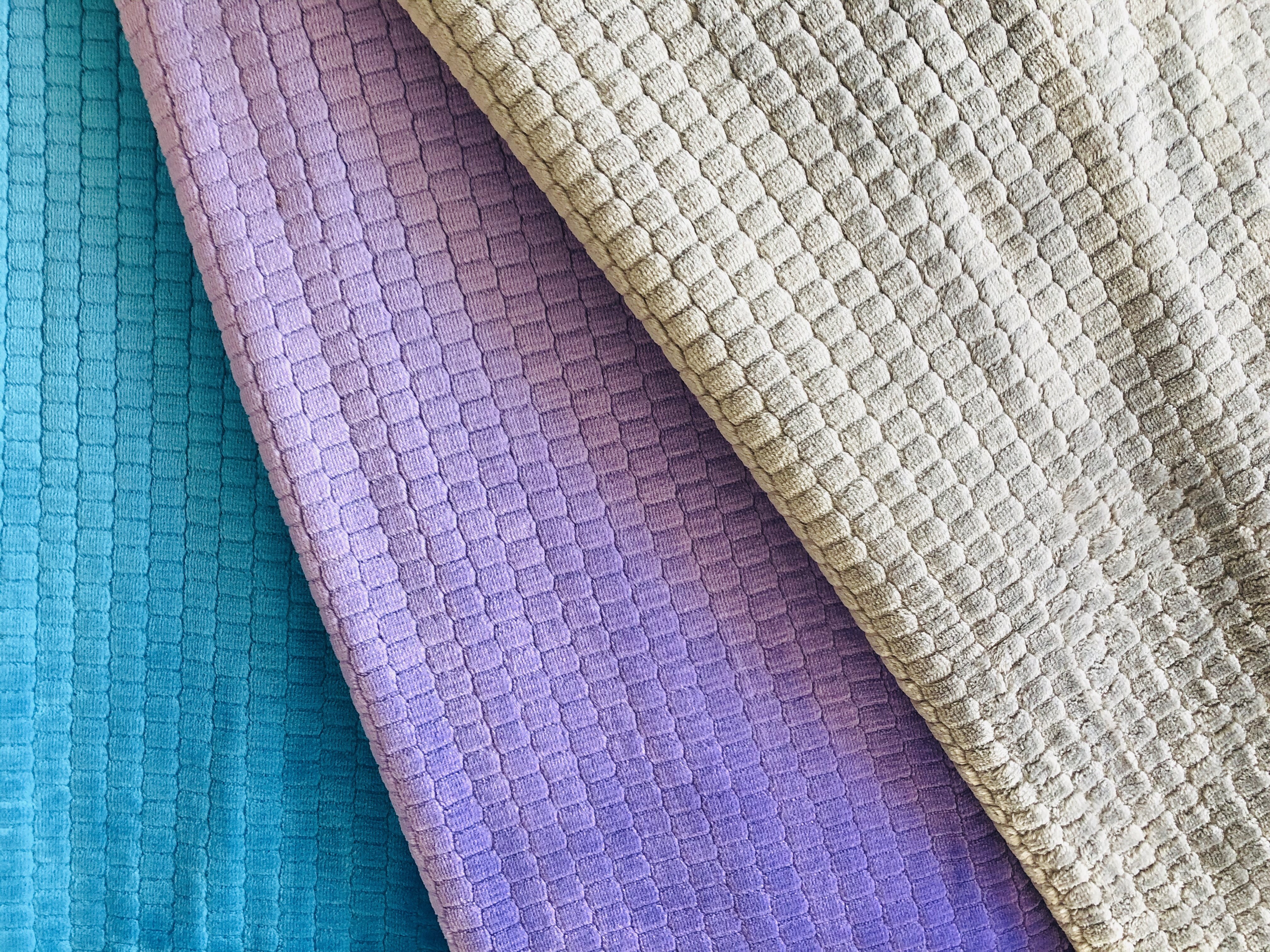Email format error
Email cannot be empty
Email already exists
6-20 characters(letters plus numbers only)
The password is inconsistent
Email format error
Email cannot be empty
Email does not exist
6-20 characters(letters plus numbers only)
The password is inconsistent

Printed Velvet Fabric
The weaving process is roughly divided into three parts: weaving, jacquard and cutting. Two maneuvers are the basic ones: weaving and jacquard.
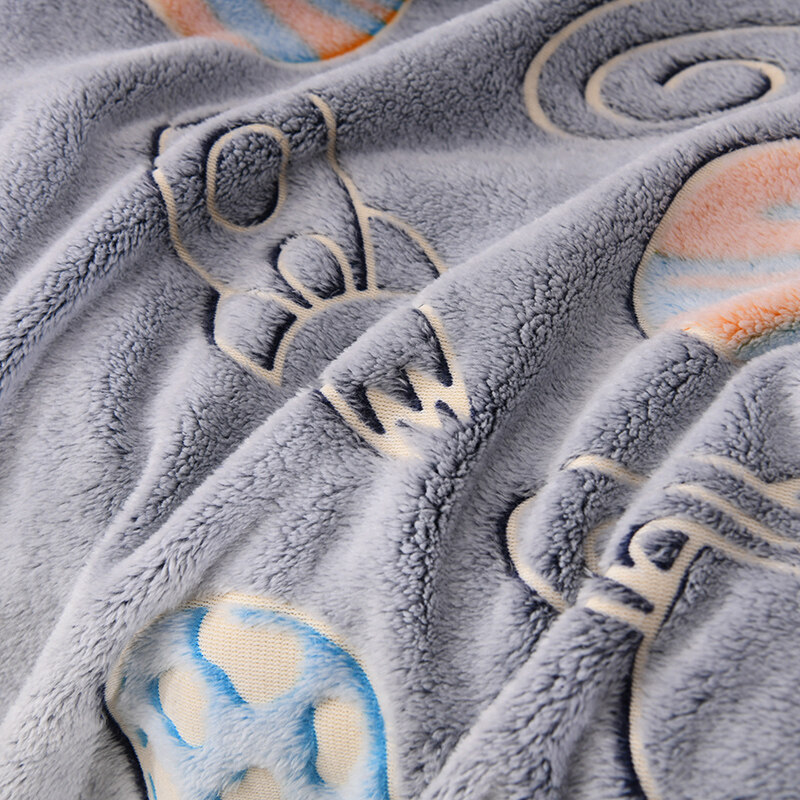
The weaving process of velvet fabric
The weaving process is roughly divided into three parts: weaving, jacquard, and cutting. Use a pile loom. The loom is also divided into three parts: the cashmere car, the jacquard car, and the weaving car. When weaving, at least two people are needed, one knitting velvet, and the other one has to board a jacquard car about 2 meters high and weave 1 meter per day.
The production process is very complicated and meticulous: first, a group of round steel wires or flat metal rods with grooves are used as the pile rods, and then the pile warp and ground warp are arranged in a 2:1 ratio, and the weaving ratio of ground weft and pile rods is 4:1 or 3:1, that is to say, put in a raising rod after every 4 picks or 3 picks. When each inlaid pile rod is woven, the whole pile warp or single or even number pile warp is lifted to form a pile loop. Every 10 meters or so of fabric weaving, it is removed from the loom and placed on the platform to pull out the raising rod, thus forming the pile loop in the form of a standing flat row. Flower velvet is to remove the whole woven fabric from the loom and place it on the table, first print and draw patterns on the surface of the fabric with white powder, and then use a hard steel knife to cut the loops with patterns. Scraping" (called carving), forming a dense and dense tufted plush pattern, and then pulling out the pile rod, the unscratched part remains in a ring shape, forming a uniform and tight pile pattern. The fluff and the loops complement each other to form a flower velvet with distinct flowers.
Care of velvet fabrics
1.Minimize friction and pulling when wearing, and change and wash frequently;
2.After washing, drying, and ironing, they should be stacked flat;
3.Velvet is highly hygroscopic, and should be prevented from mildew caused by high temperature, high humidity, and unclean environment during collection;
4.Clothing made of velvet fabric is suitable for washing, not dry cleaning;
5.The ironing temperature can be controlled at 120~140℃;
6.Medium-temperature ironing is required when ironing, and push and pull should be used less when ironing, so that the clothes can naturally stretch and align.

